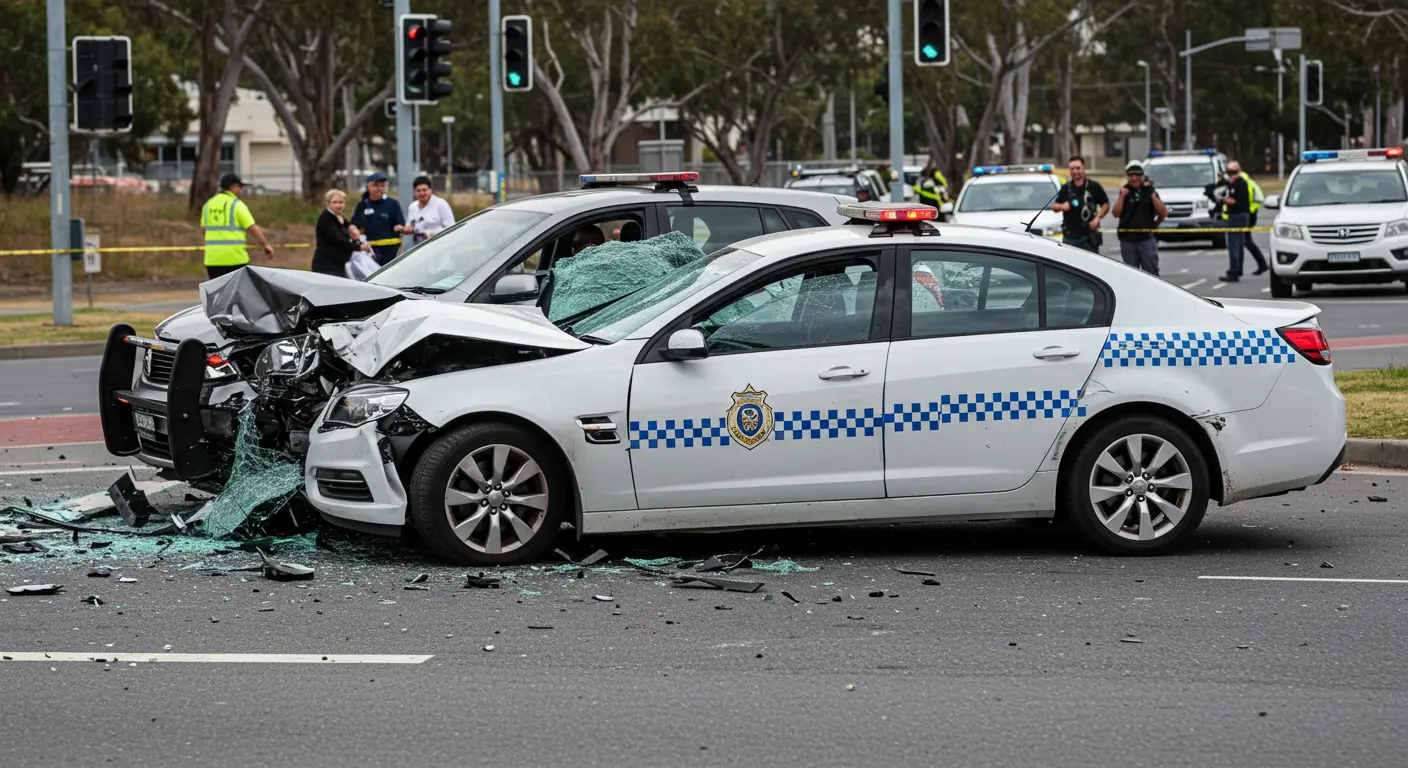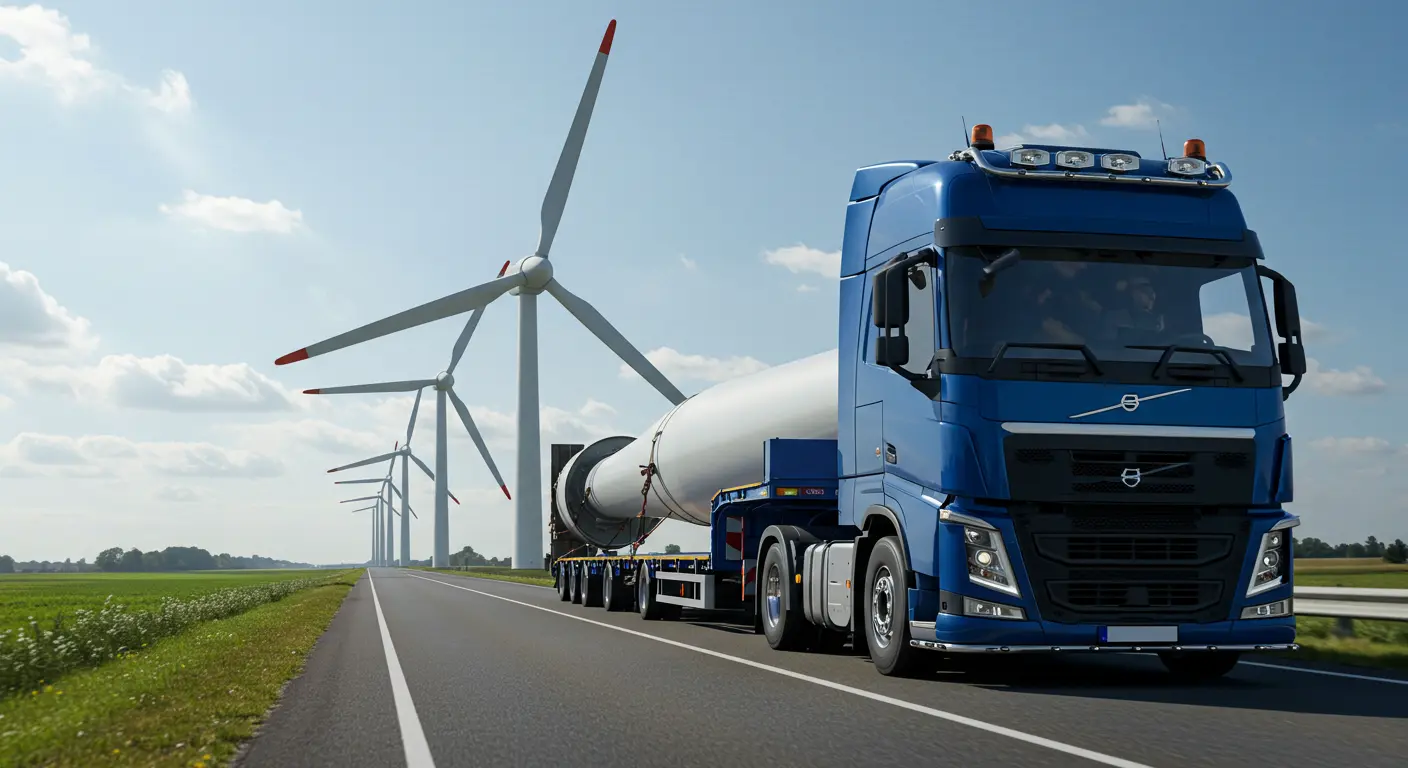A recent vehicle fire on the Hunter Expressway in Allandale, NSW, has reignited debates about the safety of electric vehicles (EVs).
Initial reports from EV Firesafe suggest the incident may involve a thermal runaway—a condition unique to lithium-ion batteries—though authorities currently classify it as an act of arson.
The Incident
Emergency services were dispatched to the scene on December 23 after a fire broke out in what is believed to be a Tesla.

According to Live Traffic NSW, the eastbound lane of the Hunter Expressway was closed for several hours as smoke reduced visibility.
“The Hunter Expressway has now fully reopened following an earlier car fire,” confirmed Live Traffic NSW in a later update.
Images of the scene have gone viral, with social media users sharing their concerns and skepticism about EV safety.

EV Fires: Rare But Polarising
While EV fires are statistically rarer than incidents involving internal combustion engine (ICE) vehicles, they tend to attract significant attention due to their unique characteristics:
- Thermal Runaway: Fires in EVs can be harder to extinguish as battery cells ignite sequentially, prolonging the incident.
- Environmental Concerns: Critics point out the environmental impact of battery fires, particularly when vehicles cannot be salvaged.
According to EV Firesafe, this could mark the 10th thermal runaway incident involving a plug-in EV in Australia under normal operation.
Public Reactions
The fire has spurred heated discussions online. Social media users weighed in with mixed reactions:
“The carbon footprint of that Tesla will never be net zero. That’s a total loss to the environment and insurance,” commented one user.
“It’s just the future of EVs going up in smoke,” joked another.
However, not all comments were critical. Some users expressed genuine concern:
“What’s with all the cars catching fire recently? Hope everyone is safe,” wrote a concerned commenter.
Are EVs Safe?
Experts agree that while EV fires are rare, they present unique challenges for emergency responders.
- Firefighting Challenges: Battery fires require specialised techniques, including copious amounts of water to cool the cells and prevent re-ignition.
- Environmental Impact: Fires can release toxic fumes and result in significant waste if the vehicle cannot be recycled.
- Mitigation Measures: Automakers are investing heavily in battery technology to reduce risks, including improved thermal management and safety protocols.
The Bigger Picture
While incidents like the Allandale fire spark controversy, it’s essential to consider the broader context. ICE vehicles still account for the vast majority of car fires globally.
However, the novelty of EV technology and the heightened expectations surrounding sustainability make these events a lightning rod for criticism.
As EV adoption continues to grow, ensuring robust safety measures and public awareness will be crucial in addressing concerns and building confidence in the technology.
For now, questions linger about the Allandale fire’s root cause and what it means for the future of electric mobility.
See Also
















